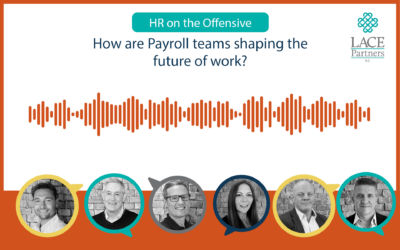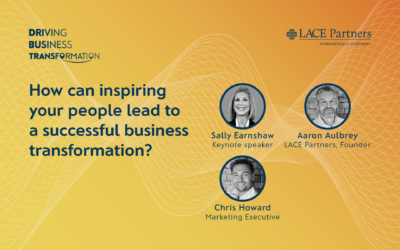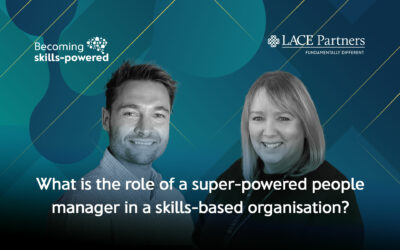How do you create a positive work environment for your employees? This was just one of the questions that this week’s podcast, where Chris from our team spoke to co-founder Aaron Alburey and Client Executive Director, Tim Ringo, as well as how this can lead to an increase in engagement, belonging, and productivity (we’ve just launched a new campaign – Redefining workforce productivity – which you can read more about here). During a recent forum of Chief People Officers (CPO) a model was presented that focused on the different components of a great work experience – next week’s blog will share that model, but in this podcast Aaron and Tim talk about seven key components:
The seven components:
- Workplace environment
- Work tools
- Safety
- Social belonging
- Reward and recognition
- Trust and empowerment
- Team leaders and line managers.
What is the significance of each of these components? How can these components contribute to increased engagement, a greater sense of belonging and ultimately a happier workplace environment? Creating a positive work experience for employees leads to significant benefits for both the employees and the organisation as a whole as it drives productivity and this is what Aaron, Tim and Chris discuss.
The two final sections of the model, discretionary effort and less stress and sick leave, were highlighted as key indicators of productivity. When employees feel valued and supported in their work, they are more likely to go above and beyond their duties, and they experience less stress and fewer health issues, leading to increased productivity and better business outcomes. Find out how you can create a positive work environment for your employees by clicking on the link below, or downloading the podcast wherever you get your podcasts.
You may also be interested in:
- What are the benefits of a happy workforce?
- How can you remove barriers to great employee experience?
- How does poor wellbeing affect organisations?
Interested in finding out more about the link between engagement and productivity? Or do you want to talk to a member of our team about how LACE can help? Fill in the form below and we’ll get in touch






